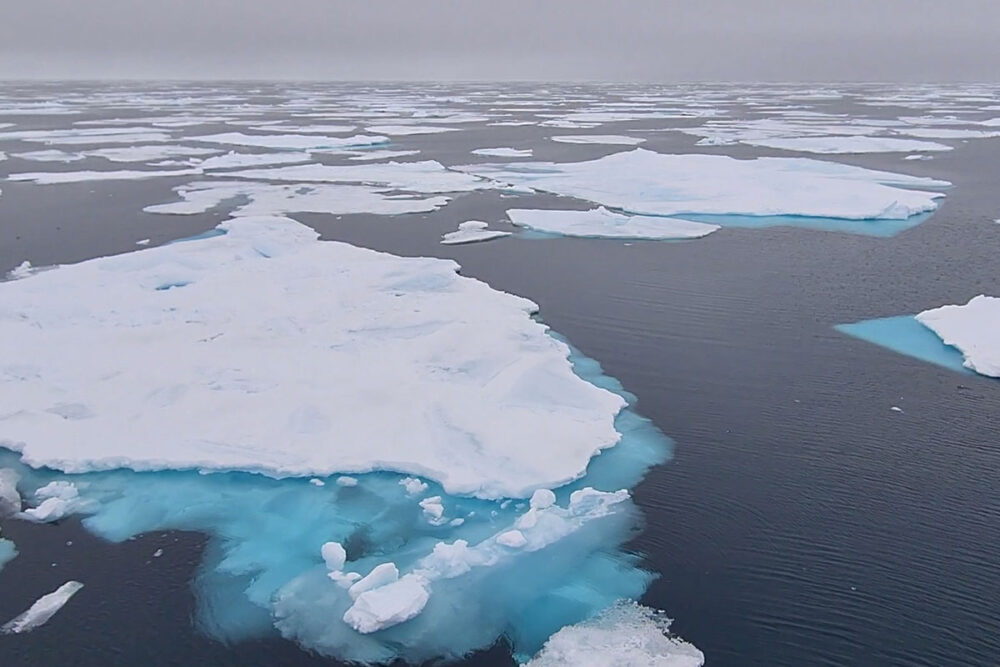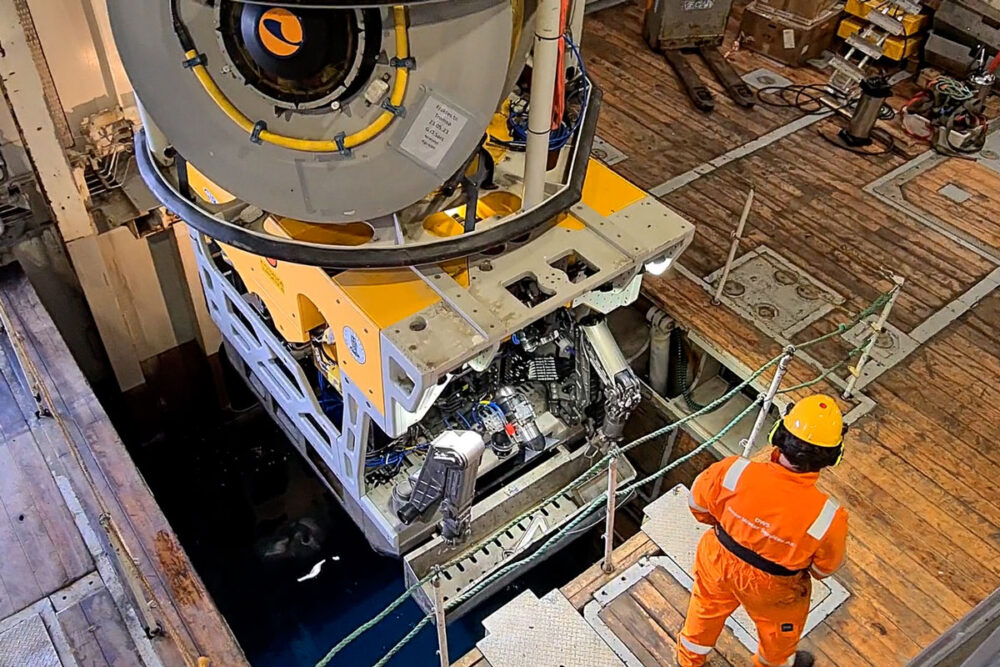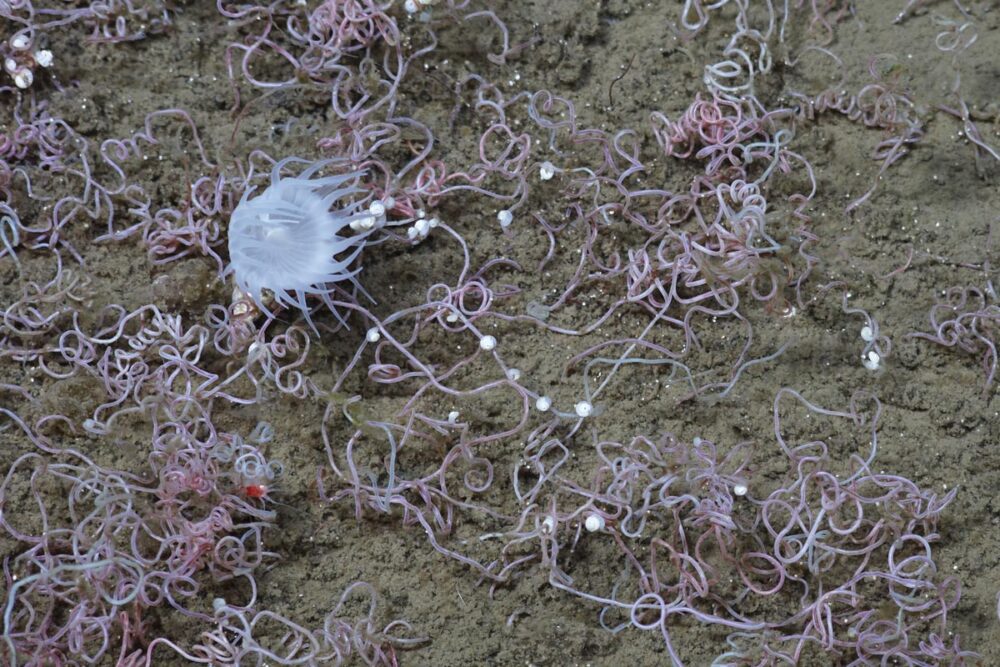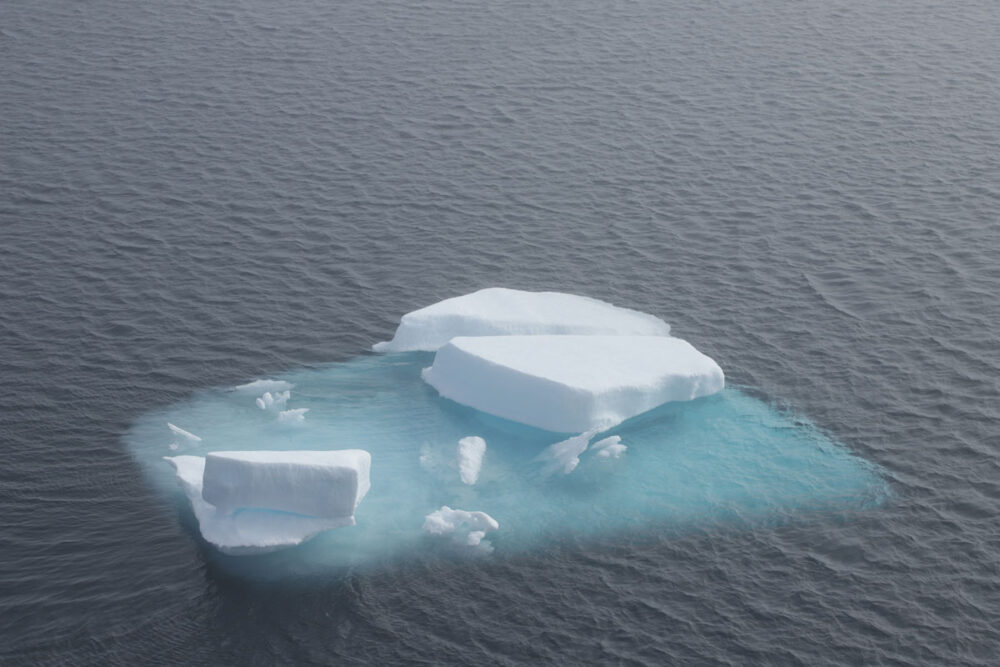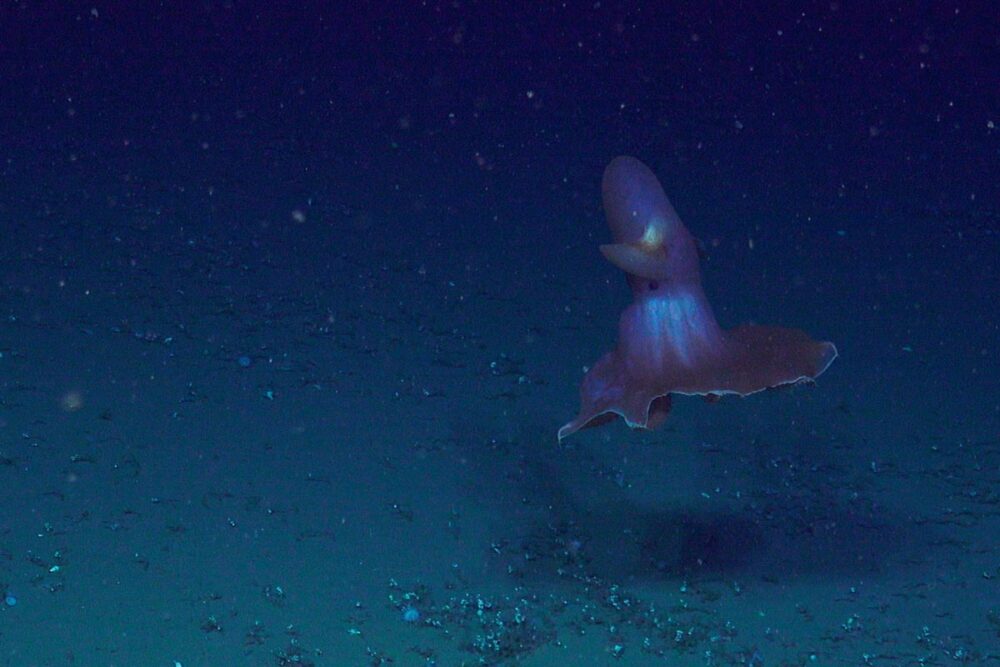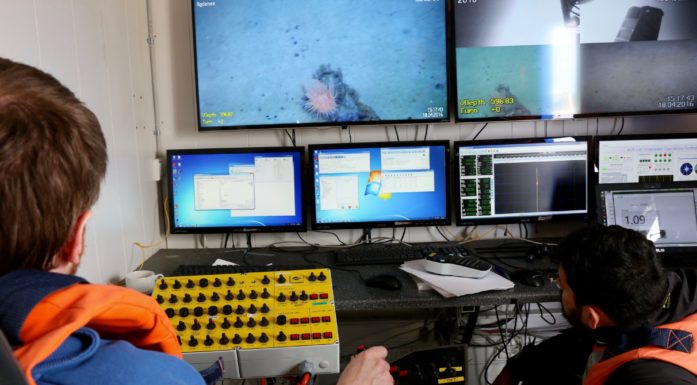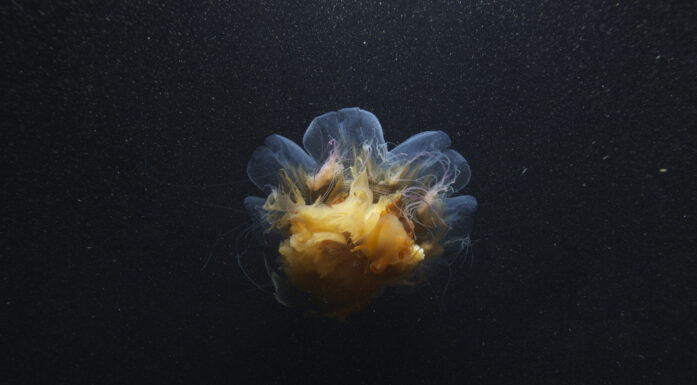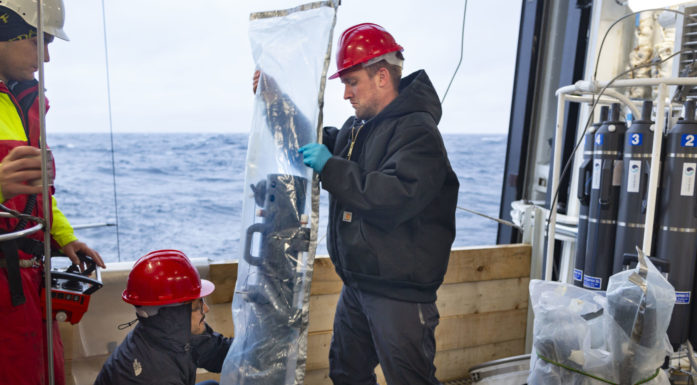Into the depths of the Arctic Ocean
Arctic researchers have travelled north to study ice and life in the Arctic Ocean. They discovered a creature at a depth of 3500 metres, a “dumbo octopus” dancing in the deep waters in a ballerina’s skirt.
The multiyear, interdisciplinary GoNorth research initiative spent a month this summer examining the submerged Gakkel Ridge, in the Arctic Ocean. The ridge is found in the fissure where two continental plates are slowly separating, and stretches from Svalbard to the North Pole.
There are many yet-to-be discovered secrets in the High North, both in the sea and on the seabed. The aim of GoNorth is to better understand the Arctic Ocean. It was created as a collaborative between 13 universities and research institutes to increase Norwegian activities in the area.
Researchers are collecting data from the seabed, seawater and the sea ice.
The expedition will attempt to establish how much ice there was in the Arctic Ocean during historical climate conditions. The researchers also collected samples to survey the biodiversity in the ocean and at the seabed and have searched for underwater volcanoes that deposit rare metals on the seabed.
They will also test their samples for traces of pharmaceuticals and skincare and haircare products transported via the ocean currents from the Atlantic to the Arctic.
GoNorth is led by SINTEF and NORCE research institutes, while researchers from a number of different research institutions, including NTNU, participated in the cruise.
You can read about what happened on this year’s cruise in the daily reports from GoNorth 2023 (in Norwegian).
Deep-water “Dumbo” octopus
The Norwegian research vessel Kronprins Haakon and the German vessel Polarstern were both put to work during the cruise. FF Kronprins Haakon carried a large ROV, an underwater drone, equipped with a camera and various sensor gauges. When the ROV is lowered into deep water, the drone is able to retrieve valuable data.
The first dive using the ROV took place in the Molloy Deep. This is an abyssal plain in the Fram Strait, 160 km west of Svalbard and the deepest point in the Arctic Ocean (around 5550 metres). The Molloy Deep is one of the “five deeps”, meaning the deepest points of each of the oceans.
Researchers were beside themselves with excitement when the camera captured crystal-clear images of a floating dancer in a ballerina’s skirt, an octopus of the Grimpoteuthis family, known as the “dumbo octopus” at a depth of 3500 metres.
The story continues under the photo.
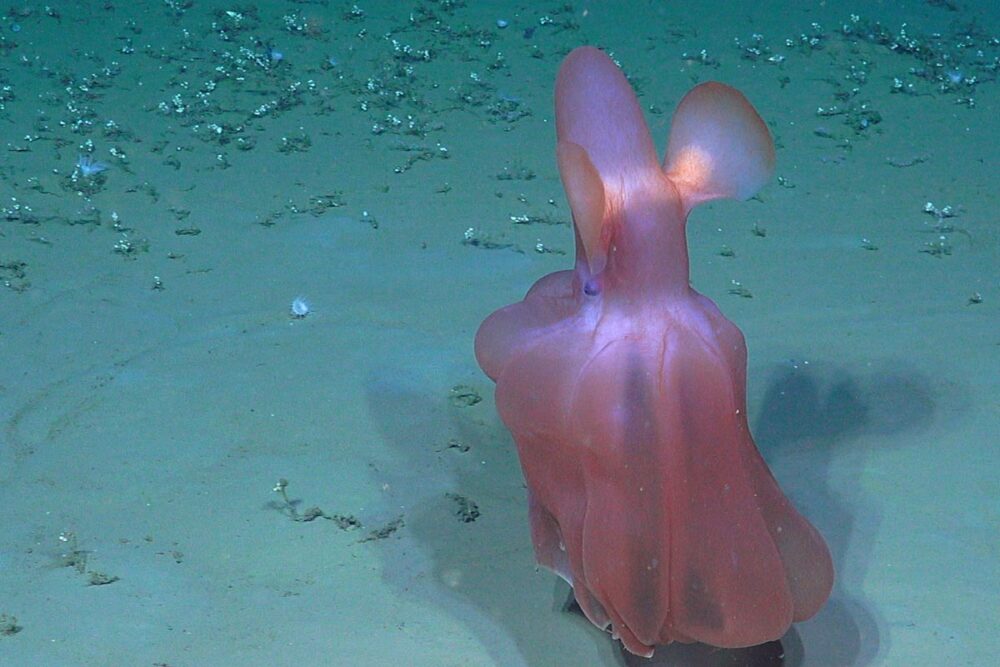
The Dumbo octopus is named after the Disney character Dumbo, the elephant with the big ears. The octopus’s “ears” are fins that it uses to swim. Photo: ROV team / GoNorth
Using artificial intelligence to interpret sea ice
NTNU researchers were aboard to study the sea ice: How to measure it, how to use AI to interpret photos and sensor data in areas covered in sea ice and how to predict the probability of rare ice incidents, such as large ice floes drifting down to the southwestern Barents Sea.
The idea is to train machines to analyse photos of sea ice. Vessels travelling in the north are equipped with cameras and it would be useful to have a system that could help them to quickly analyse the ice. Such analyses could also be collected in order to create a better picture of the general ice conditions.
Next-generation experts
NTNU’s participants are PhD candidates, in keeping with one of GoNorth’s primary objectives, which is training the next generation of experts.
“It gives people a practical, intuitive sense of what they are working with,” said NTNU professor Knut Høyland. “When you are at your PC, modelling sea ice, a difference of 1 centimetre in thickness may seem important, but when you come across an ice floe you realise that it is largely insignificant.”
A priority for the Norwegian government.
The High North is the most important strategic priority area for the Norwegian government.
“Norway is a maritime superpower, and is a leading polar nation, both in the High North and in the Antarctic. Our research, presence and activities in the High North are about managing the interests of Norway,” Bjørnar Skjæran, Minister of Fisheries and Oceans, said in a press release.
“I consider GoNorth to be both important and exciting, and the government has prioritised the project from its first budget in 2021,” Skjæran said.
He notes that climate change also requires us to strengthen our knowledge in a number of scientific areas.
“GoNorth helps us learn more about the seas, geophysics, biology, oceanography and more. There is no doubt that strengthening our knowledge of our ‘neighbourhood”’is of fundamental national interest. There is still much we don’t know that we need to learn more about, in part through the surveying conducted as part of GoNorth. This is also an important element of the High North policy,” Skjæran said.

